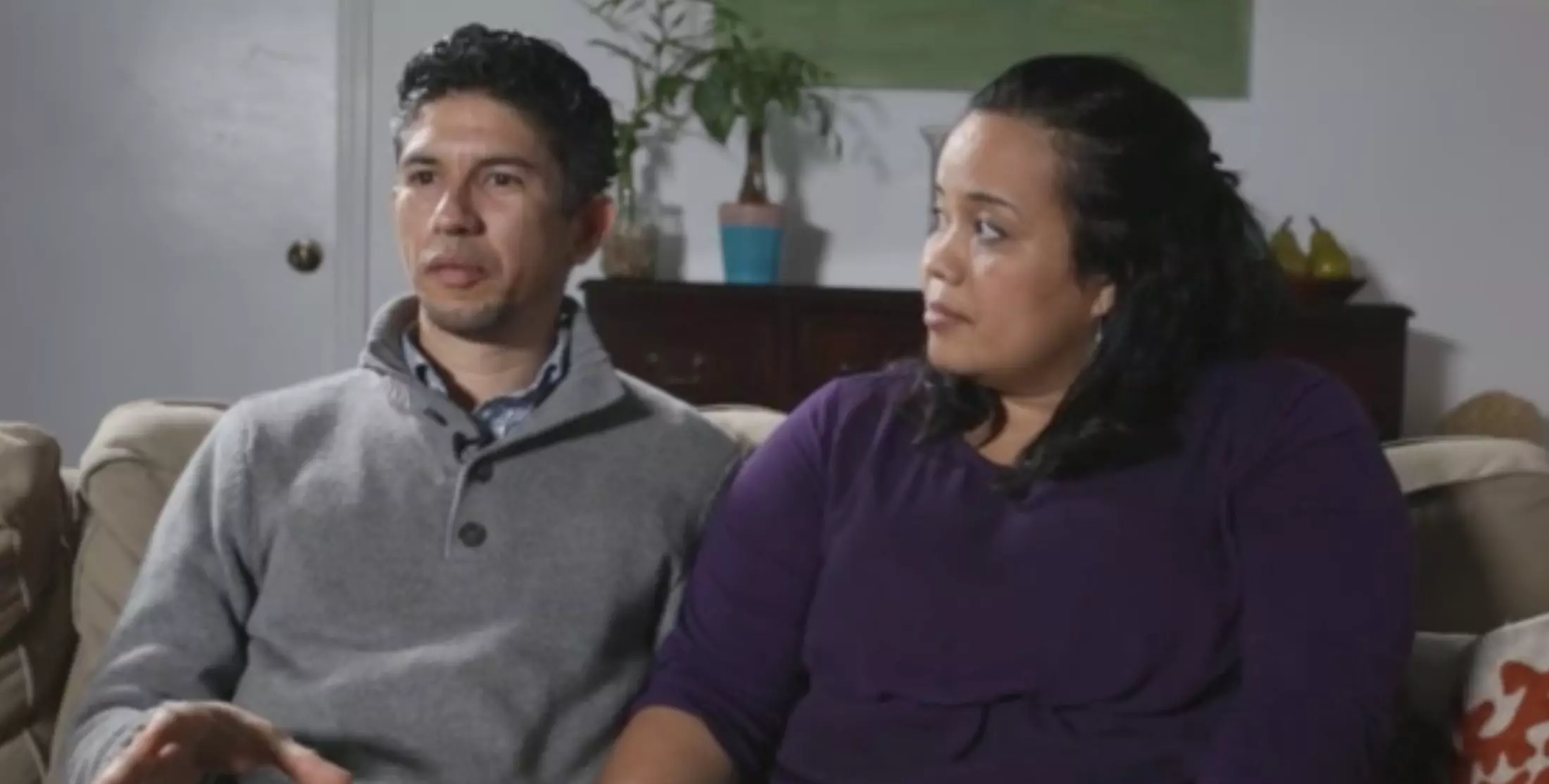A recent CBS News feature celebrated Iceland’s virtual elimination of people with Down syndrome through abortion, thrusting selective abortion into the public square, but the pregnancy help community is no stranger to helping women and families who face an unexpected pregnancy made even more difficult by a negative prenatal diagnosis.
Whether the diagnosis is Down syndrome, cystic fibrosis, trisomy 18, or any number of conditions now diagnosable before birth, knowing how to help these families is crucial for staff and volunteers at pregnancy help centers and ultrasound-equipped medical clinics—particularly considering the heightened stakes when a child is diagnosed with a fetal abnormality.
In the U.S., for instance, it is estimated that 67 percent of children diagnosed with Down syndrome are aborted—according to the CBS News feature—making timely, compassionate help of the essence when a test comes back.
Judy Townsend is parent coordinator at Be Not Afraid, a non-profit that provides support to parents carrying to term after a prenatal diagnosis. Her organization also offers a training geared to help pregnancy center leaders navigate a negative prenatal diagnosis with clients.
“The usual approach to a first trimester crisis pregnancy that is not complicated by a prenatal diagnosis will not be effective with parents experiencing a second trimester prenatal diagnosis ‘crisis pregnancy,’” Townsend said. “There must be a different approach when the crisis is a prenatal diagnosis.”
Since abortions due to a prenatal diagnosis happen rather quickly, often with a day or two of the diagnosis, Townsend said pregnancy centers should have a rapid response ready in order to help parents and save the life of their child.
Be Not Afraid’s training pairs talking points and education on how to see the situation from the perspective of the parents, so that staff and volunteers are prepped ahead of time and are less likely to get caught off-guard.
“The abortion facility around the corner will be happy to provide an abortion within 24 hours of a parent walking through their door, therefore time is not on our side,” Townsend said. “[First responders] should understand the basic differences between screening and diagnostic tests, and have a familiarity with the most common diagnoses. And they need to be aware of perinatal hospice research so they feel comfortable offering the option of carrying to term so that it sounds like the gift that it is.”
According to the Journal of Perinatology, when a child is diagnosed prenatally with trisomy 13 or trisomy 18, parents are told there is no hope for their child’s survival, and many are explicitly encouraged to end their child’s life through abortion. Half of those who carried their child to term said they did so against their doctor’s wishes.
[Click here to subscribe to Pregnancy Help News!]
In addition, the Pediatric Cardiology Journal reported in 2012 that 22 percent of parents facing a prenatal diagnosis of HypoPlastic Left Heart Syndrome—a survivable condition—felt pressured to abort their child. In addition, 32 percent of respondents said doctors offered them abortion on multiple occasions.
The journal also noted that the focus on abortion caused many parents to lose optimism they once had regarding their child’s life expectancy.
Quoted on the website for Children’s Hospital of Philadelphia, Dr. Jack Rychik—the hospital’s director of the Fetal Heart Program and the Single Ventricle Survivorship Program—pointed out that prenatal diagnoses cause an inherent maternal stress that needs to be addressed as soon as possible. When doctors offer no hope to parents, that stress isn’t relieved but amplified.
Maternal stress, Dr. Rychik continued, has been linked to premature birth, poor intrauterine growth, and small size compared to gestational age which leads to problems with attention, anxiety, depression and learning difficulties in children.
When staff and volunteers at a pregnancy help center or ultrasound-equipped medical clinic are prepared to help alleviate this stress, they can not only help save lives from abortion, but aid in the overall health of the mother and child.
“We suggest immediately connecting with the baby by using the baby’s name and/or gender,” Townsend said. “Often with a diagnosis, the focus shifts away from the baby and towards the diagnosis. We can’t stress enough how important it is for people to focus on the baby, especially since most parents have already bonded with their child.”
Tweet This: How to help parents facing negative prenatal diagnoses to choose life. #prolife
In equipping pregnancy help organizations to best come alongside a woman facing a negative fetal diagnosis, Townsend said it’s often more important and beneficial to focus on what not to do or say.
“Don’t talk about misdiagnosis or miraculous cures," she said. "Don’t talk about other parents ‘diagnosis’ stories that had happy endings... Lastly, don’t presume that all perinatal hospice providers are pro-life. They aren’t, and many (maybe even most) are abortion-neutral in their advocacy.”
According to Townsend, 80 percent of parents given a prenatal diagnosis will abort their child. In fact, from 1974 to 1999, the rate of elective terminations increased by 38 percent among women carrying babies with fatal birth defects, and by 41 percent among women carrying babies with severe handicaps.
Those numbers notwithstanding, the overwhelming majority—80 percent by Townsend’s calculation—of parents are willing to reject abortion if they’re given comprehensive and supportive care.
“Most people experiencing a prenatal diagnosis want a better option than abortion,” Townsend said.






